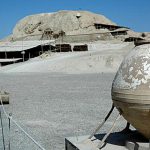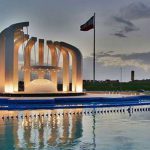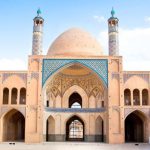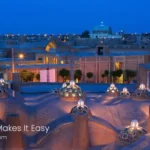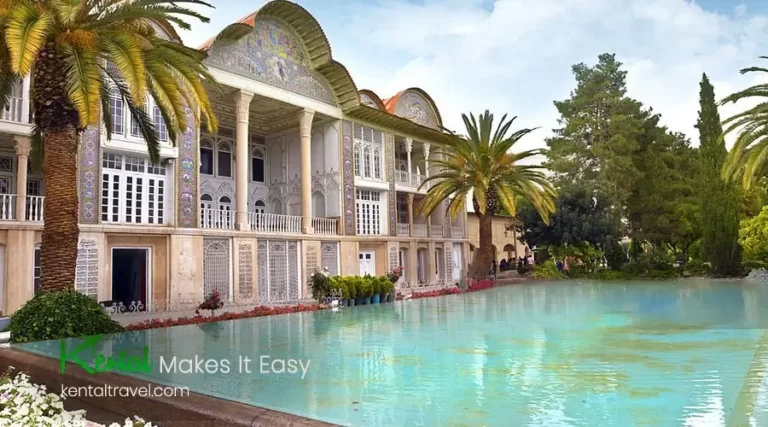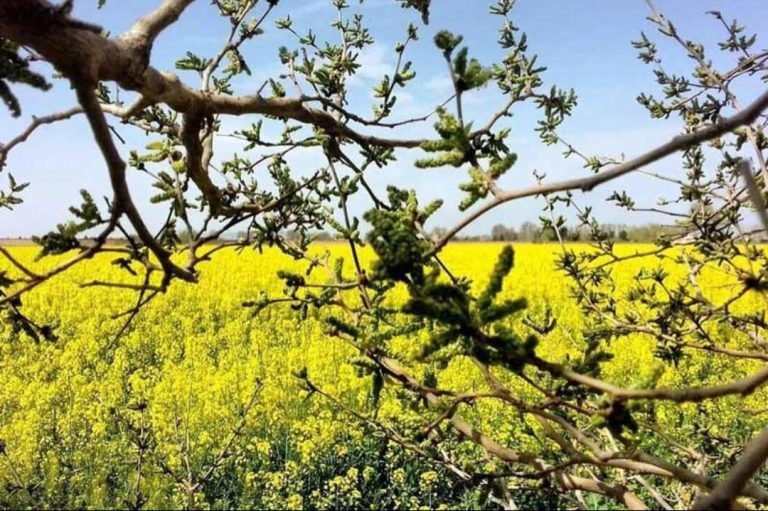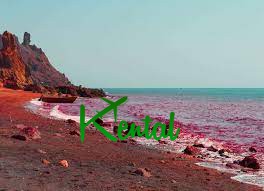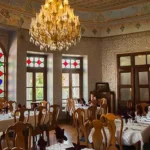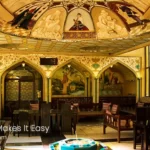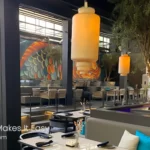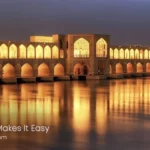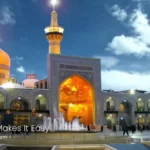Isfahan is the third most populous city in Iran after Tehran and Mashhad. It is also the one hundred and sixty-fifth most populous city in the world and the ninth most populous city in West Asia. The metropolis of Isfahan is also the fourteenth most populous metropolis in the Middle East.
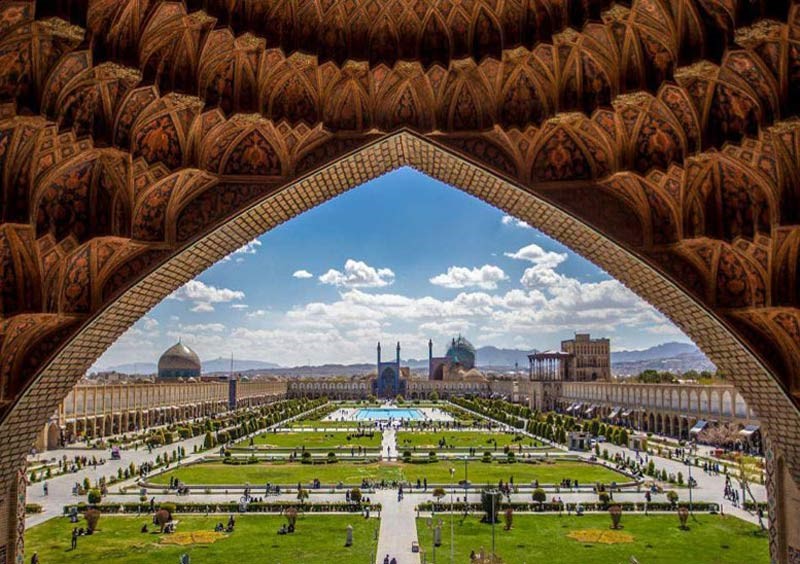
Isfahan province has the most neighboring provinces, which is limited to Yazd and South Khorasan provinces from the east, Semnan, Qom and Markazi provinces from the north, Lorestan and Chaharmahal and Bakhtiari provinces from the west, “Kohkiluyeh & Boyer-Ahmad” and Fars provinces from the south. Naturally, the province is limited to the desert plain in the east and north, the Zagros Mountains in the west and south. The most important cities of this province are Isfahan, Kashan, Golpayegan and Najafabad.
The city of Isfahan was chosen as the capital of Iran three times throughout the history of Persia; namely during Al-Buwayh period, Seljuk period and Safavid period.
There are several monuments in the city, some of which are registered as UNESCO World Heritage Sites. The city is famous for its beautiful Iranian architecture, covered stairs, mosques and unique minarets. This has caused Isfahan to be called “half of the world” in popular culture.
Apart from Isfahan itself, there are interesting tourist attractions around this city, such as Kashan, Golpayegan, Khansar, Semirom, etc. Kashan is a small city in the north of Isfahan, which is known as the city of believers and the “gate of the desert”. One of the most magnificent and attractive historical places is Finn Garden in this city.
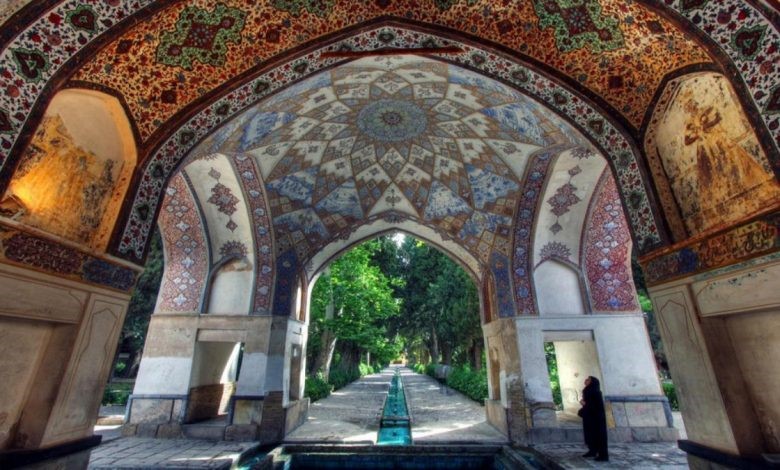
This city, along with Rasht, joined the network of creative cities in the world under the supervision of UNESCO in December 2015. According to UNESCO standards, a creative city is a city that benefits from the innovations and capabilities of its citizens in sustainable urban development. Naghsh-e-Jahan Square is a prominent example of Safavid architecture. The city has fifteen urban areas. Other historical monuments of Isfahan include Minar Janban, SiosePol, Khajoo Bridge, Chehel Soton Palace, Aali Qapo Mansion, Sheikh Lotfollah Mosque and many other historical places.
Among the industries active in Isfahan, one can mention the large Iranian aircraft companies, Mobarakeh Steel Complex, Isfahan Oil Refinery, Isfahan Optics Industry, SNOWA home appliance industries , Polyacrylic and Isfahan Steel Complex. Isfahan is also famous in Iran for its gold workshops and factories.
Due to the tourism of Isfahan and the high number of tourists who go to this city every year, the number of hotels in this city is also, from which Abbasi Hotel, Safavid Hotel, Isfahan traditional hotel, Safir Hotel, Parsian Hotel Kosar Hotel can be called.
Traditional food of Isfahan
Isfahan has a lot of delicious local foods that tourists can try. Some of these foods include Beryani, Halim Bademjan, Khorest Mast, and Shoorba Sabzi.
Snacks of Isfahan province
One of the snacks and sweets that can be taken as a souvenir from Isfahan is Gaz and Poolaki, which are good options for eating with tea.

Isfahan tourist attractions
There are many tourist attractions in Isfahan and there are many buildings, buildings and historical monuments in Isfahan province that tourists can see and enjoy the great history of Isfahan and enjoy the memory of these beautiful buildings. Many of the buildings built in Isfahan belong to the Safavid period, which has made these beautiful historical scenes in this tourist city.
Among these buildings are Naghsh-e-Jahan Square, SiosePol, Aali Qapo Palace, Khajoo Bridge, Vaank Church and Chehelston Palace.
The total area of Isfahan is 551 square kilometers (213 square miles)
Population of Isfahan province 6,120,850 persons

